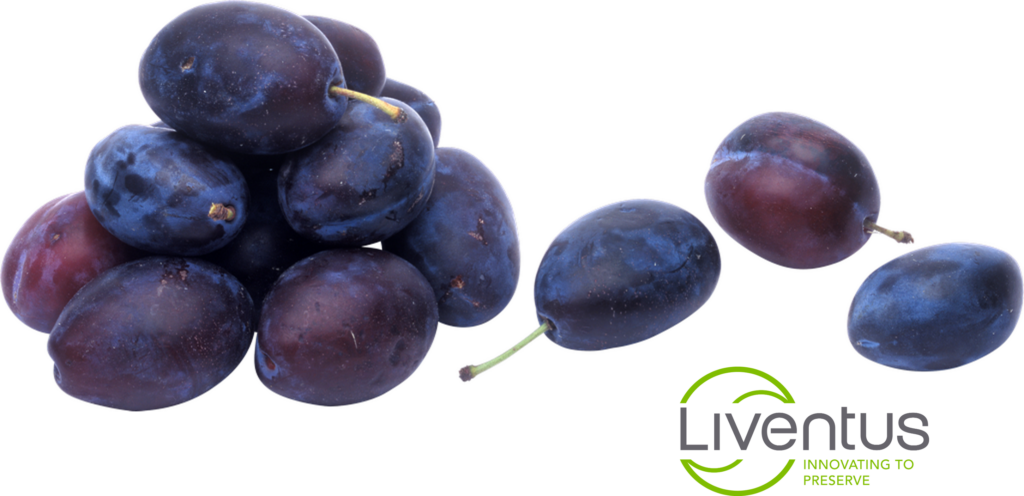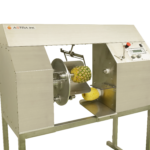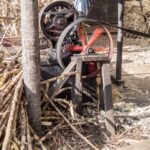Key aspects for the conservation of the d'Agen plum export

By Liventus
The demand for D'Agen plums has been increasing year after year, which has led to a significant rise in its production as well. This plum variety is traditionally sold dry in different markets.
However, China has stood out for being one of the countries that imports large quantities in fresh form. Thanks to its texture and sweet flavor, it is being called the new cherry.
The D'Agen is currently one of the most cultivated plum species in Chile. In recent years, several companies have oriented part of their production and operations towards the export of this fresh fruit.
Its harvest season occurs right after the cherry season, arriving to its destination between March and April, which increases the window in which it can be marketed.
The Chilean D'Agen plum is also particularly known for having few physiological disorders and even for being less prone to temperature changes than peaches or nectarines.
These qualities depend on adequate post-harvest treatment. If this does not happen, there are several disorders or threats that can appear along the way that put their commercial value at risk.
Some of the problems that may occur include: the presence of translucent pulp, internal browning, cracking or fungi due to condensation, and other effects that are part of the natural process of the fruit’s senescence.
Many of these problems arise from the fact that the fruit is exposed to high relative humidity or from the absence of gas handling inside the container, and these could result in sanctions at destination that imply relevant losses, since it is a commodity that is so sensitive and that has a short post harvest life.
LIVENTUS®
For a proper post-harvest and export treatment, Liventus offers different packaging and controlled atmosphere solutions for fruit preservation. On one hand, the Controlled Atmosphere technology manages to maintain storage conditions to ensure a firmer, more stable and high quality fruit.
This is done through controlling the CO2 and O2 gasses inside the container to decrease the plum's respiratory rate, delaying the ripening and senescence process to avoid the appearance of translucent pulp or internal browning. It is also capable of creating a fungistatic effect that prevents the proliferation of fungi and reduces possible decay.
For proper post-harvest and export handling, we offer different integrated solutions for fruit preservation. On one hand, the Controlled Atmosphere technology manages to maintain storage conditions to ensure the quality and conservation of the fruit.
On the other hand, increasing the concentrations of carbon dioxide and oxygen has different benefits for the fruit. Among them, a high fungistatic control that prevents the proliferation of fungi, a decrease in the respiratory rate, a delay in the maturation process and therefore senescence.
It also decreases weight loss, internal browning and translucent pulp. All these factors help D'Agen plums to increase considerably both its market price and its shelf life.
Through the research carried out by Liventus, it was revealed that through a combination of 0.3% bag + Liventus Controlled Atmosphere, D'Agen plums manage to maintain a higher level of firmness compared to when it is exported in regular air or MAP bag.
As shown in charts 1 and 2, and regardless of the quality of the plum, we conclude that thanks to the decrease in the respiratory rate caused by CA and the high relative humidity reached by the bag, this variety effectively achieves greater firmness both at 40 and 50 days.
When these two technologies are combined, they can ensure a successful export with higher than expected transit days.
For more information about our packaging and controlled atmosphere solutions for stone fruit, visit www.liventusglobal.com or write to info@liventusglobal.com














































